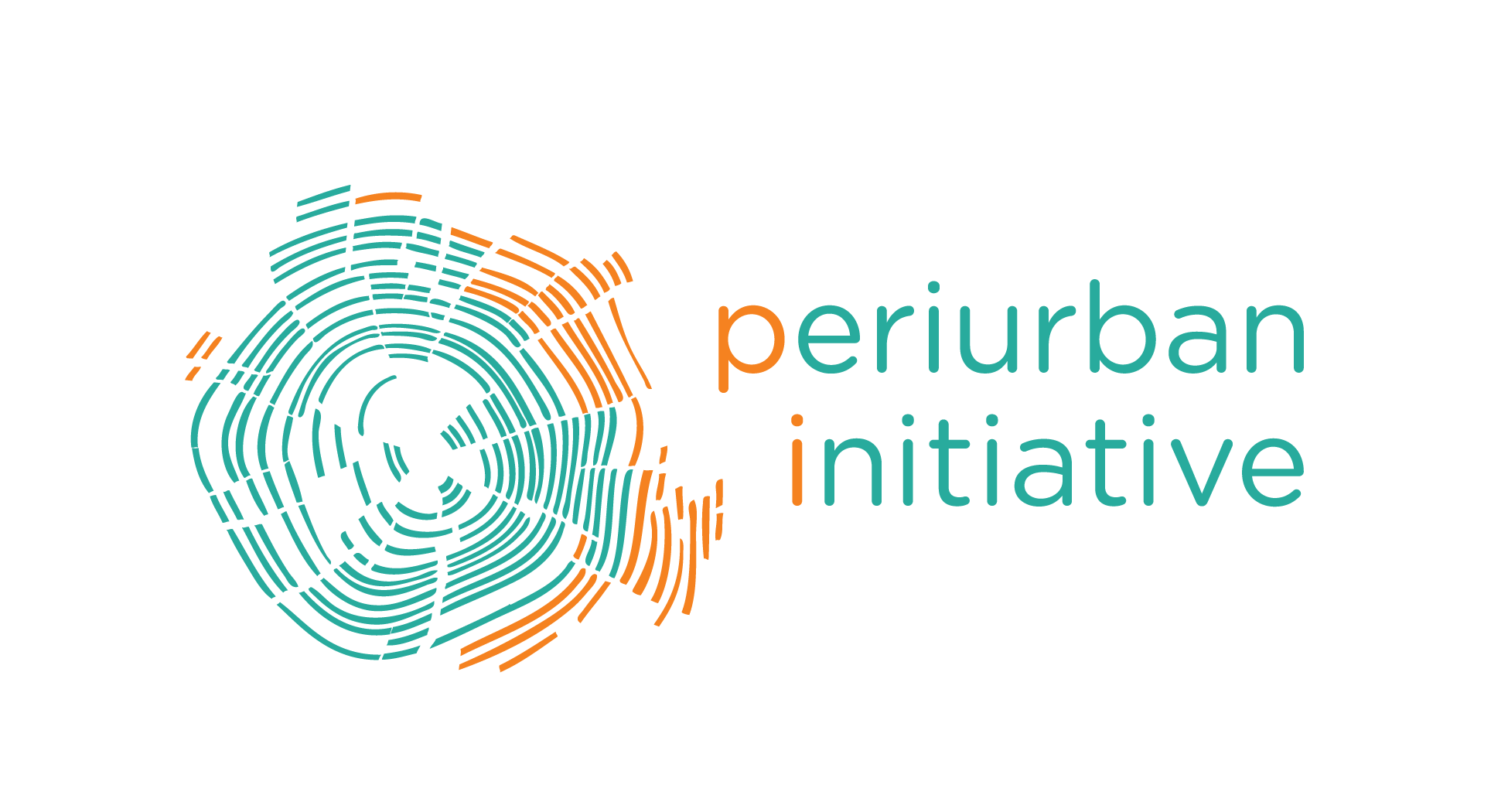Solid Waste Management in the Periurban: Stories from Sriperumbudur
As part of the Periurban Initiative, IGCS had conducted comprehensive Energy-Transport and Water-Waste surveys across 247 periurban households in Sriperumbudur Taluk in 2016. Specifically, questions in the Waste Survey dealt with the amount of waste generated, kind of waste generated, methods of handling waste, means of disposal and attitudes towards segregation, recycling and composting. The below summary is a compilation of preliminary survey results and insights from the field. The surveys were conducted in a number of areas in Sriperumbudur Taluk and some have been referred to below.
Armed with a Nikon D3200, I attempted to make sense of life in this hamlet to the best of my ability.
The Composition of Waste
All households generate paper, plastic and kitchen waste. A quarter (25.2%) of households deal with garden waste, while more than half (53.8%) deal with sanitary waste. 20.9% of households deal with pharmaceutical waste. 8.5% of households generate e-waste. Being in the decorating business, a household in Sirukalathur generates a large amount of paper waste, which is either reused or sold to a printing company.
The Handling of Waste
Handling of waste is mostly done by women. In half of the households surveyed, it is shared between both genders or solely taken care of by men. In a household in Kundrathur, the grandmother manages the household wastes. She feeds the vegetable wastes to the goats and separates plastic from the rest of the waste before burning it. She feels it would be better if milk companies could collect milk packets to curb burning. A woman from the household surveyed in Irandankattalai said that plastic should be banned as excessive use and dumping could contaminate the groundwater.
Disposal
Most households have access to some kind of disposal mechanism. Over half (54%) have their waste picked up by the municipal waste service. Others dispose it in common bins (13%) or municipal bins (12%). However, over 20% burn their waste in open spaces like empty plots or in their backyard or street.
Segregation
77% of the households segregate their waste into biodegradable and non-biodegradable before disposal. The 23% who do not segregate listed their reasons as lack of time, lack of awareness and lack of incentive. 83% of residents lack disposal options for segregated waste. Most waste collection mechanisms did not require or encourage segregation. Some households see segregation as the responsibility of the waste service. Households in Thandalam, Paraniputhur, Mangadu remarked that the waste was being segregated by the panchayat waste services after door to door collection or dumping in a common bin. Other households were unsure of what actually happened after collection of segregated waste. An apartment complex in a gated community in Kiloy had separate bins for organic and inorganic waste, encouraging segregation, as shown in figures in 1 and 2.
Collection
Municipal waste collection usually takes place on a cycle called the ‘kuppaivandi’. Sometimes the service is charged. Households in Mangadu remarked that they had to pay between Rs.20 and 50 every month to keep the waste collector coming regularly. In Sadanandapuram and Nandambakkam, the households occasionally gift the waste collection worker Rs. 20 on special occasions. A household in Mowlivakkam remarked that the waste collection worker came every Saturday and received a tip of Rs.10-20. However, he had not be coming since the election and the lady of the household was unsure of whether he would be coming anytime soon.
In Thelliyar Agaram, one of the households remarked that waste collection was carried out only twice or thrice a week, whereas in other areas in Iyyappanthangal it took place daily. A household in Mangadu remarked that the waste collector who came to their house seemed disinterested. They recommended increasing the number of waste workers. Another household remarked that the waste collectors in the area could not harass them for bribes since they were from other states and could not interact with them in Tamil. In Mannur, though the panchayat had employed people to collect waste from households, they weren’t coming since their salary was too low. In Gerugambakkam, door to door collection had been tried but did not work out. In a flat in Mangadu, due to laziness, instead of going down to give the waste to the collectors, the waste would be thrown from the balcony to an open ground nearby. In Kundrathur, in spite of waste collection, there continues to be dumping grounds.
Dumping
The household surveyed in Periyapanicheri was situated near a dumping ground. The resident remarked that if a JCB was to dig up the land, they would find wastes on the plot upto a depth of 20 feet, maybe more. The gram panchayat did not have a permanent waste management solution and had been dumping in the ground for years. The resident now manages his own waste, selling paper, plastic and e-waste and composting kitchen waste.In Mangadu, a graveyard has transformed into a dumping ground. In Sikkarayapuram, poramboke land became the focal point for dumping and incineration of local garbage. A household near Porur Lake dumped their waste in the lake after incineration. Even in Katrambakkam, waste was being dumped into a pond.
Responsibility
When asked who is currently in charge of processing waste in their opinion, the interviewed households mostly saw the responsibility lying with the town panchayat (48%). 21% of the households saw it as their own task to process their waste, which is often done by burning. Others stated the government (11%) and village panchayat (11%) as the responsible party for waste processing. A household in Sadanandapuram, though unwilling to set up wastewater recycling even if monetarily incentivized said that it was the government’s job to devise a system to collect wastewater from every household and recycle it.
A household in the Sriperumbudur town seemed to be unaware of the situation of garbage in their vicinity, reflecting a typical disengagement with civil issues. They kept ranting about how the situation in Chennai was better.
Willingness to Segregate, Compost and Recycle
56.2% of households were willing to segregate and 22.3% of households were neutral. 43.1% of households were willing to compost and 23.8% were neutral. 45.6% of households were willing to recycle, while 25.3% were neutral. Some households proved reluctant to recycling. A household in Kundrathur was against the use of recycled water. A household in Mangadu pointed out that local conditions were not suited for the same. However the sale of paper, plastic and e-waste by residents for recycling proved common. Some households take active efforts to reduce the plastic waste generated by curbing the use of polythene bags and plastic bags. One of the households used all the waste they generated as fuel for cooking.
56.2% of households were willing to segregate and 22.3% of households were neutral. 43.1% of households were willing to compost and 23.8% were neutral. 45.6% of households were willing to recycle, while 25.3% were neutral. Some households proved reluctant to recycling. A household in Kundrathur was against the use of recycled water. A household in Mangadu pointed out that local conditions were not suited for the same. However the sale of paper, plastic and e-waste by residents for recycling proved common. Some households take active efforts to reduce the plastic waste generated by curbing the use of polythene bags and plastic bags. One of the households used all the waste they generated as fuel for cooking.
A household carried out vermicomposting and sold their manure to the solid waste management unit in Mangadu. The household remarked that while solid waste management was good, drainage systems were badly maintained. Some households already carry out composting. A household in Madanandapuram adds fruit waste and coffee filter waste to plants.
Key Insights
It is encouraging to see that many households are willing to carry out segregation, composting and recycling at the household level. Supportive solid waste management mechanisms are being strengthened. The Sriperumbudur town panchayat had launched a door to door collection in collaboration with the NGO Hand in Hand in 2012-13. After collection and sorting biodegradable waste would be composted and paper, metal and plastic would be sent for recycling.
The Ministry of Environment and Forests’ Solid Waste Management Rules (2016) lay the policy framework for “scientific” waste management in the country The Rules extend to outgrowths in urban agglomerations and census towns, recommend segregation at source and specify standards for disposal, treatment and pollution control. The new Rules recommend spot fines for littering and for not segregating waste at source. They also encourage the collection of non-biodegradable packaging waste on the part of manufacturers. Further, they aim at centralizing waste management and encourage the conversion of waste to energy, for the greater part neglecting the informal economy of waste pickers. However they fail to provide incentive and penalise flouting. They are not without shortcomings, but if implemented well, they could transform the landscape of garbage in the country.
Given the number of residents willing to segregate, it would do well if even little incentive to segregate was provided. Few residents remarked that existing solid waste management methods did not require or mandate the same. Some residents continue to be unaware of the benefits. By increasing awareness and incentive to segregate at source and by encouraging recycling, a great amount of waste could be spared from ending up in dumping grounds, threatening the quality of air, water and life.
While many areas in the Taluk are covered by daily door-to-door collection, some are left out. In some places, the workers employed are reluctant to work since their salaries are very low. A few residents who were surveyed recommended that the number of workers be increased in their localities. Where the collection of waste does not take place regularly, it is found that unused lands, poramboke lands, roadsides and water bodies become points for dumping and incineration. In this way, common or shared resources become misused and contaminated.
References
The surveys referenced in the blog were conducted by Amrutha, Angitha, Anwesha, Arjun, Chandra, Gurusaravanan, Henrik, Jegadish, Prabagaran, Ramseena, Sabitha, Safeer, Sannihit, Saritha, Shabna, Urvi and Uthra. Some of the waste analysis was completed by Devika Herrmann.
Ministry of Environment, Forests and Climate Change.Solid Waste Management Rules.The Gazette of India, 2016.
Swati Singh Sambyal. Government notifies new solid waste management rules.Down to Earth, 2016.
The Hindu, Sriperumbudur shows the way, 2016.











